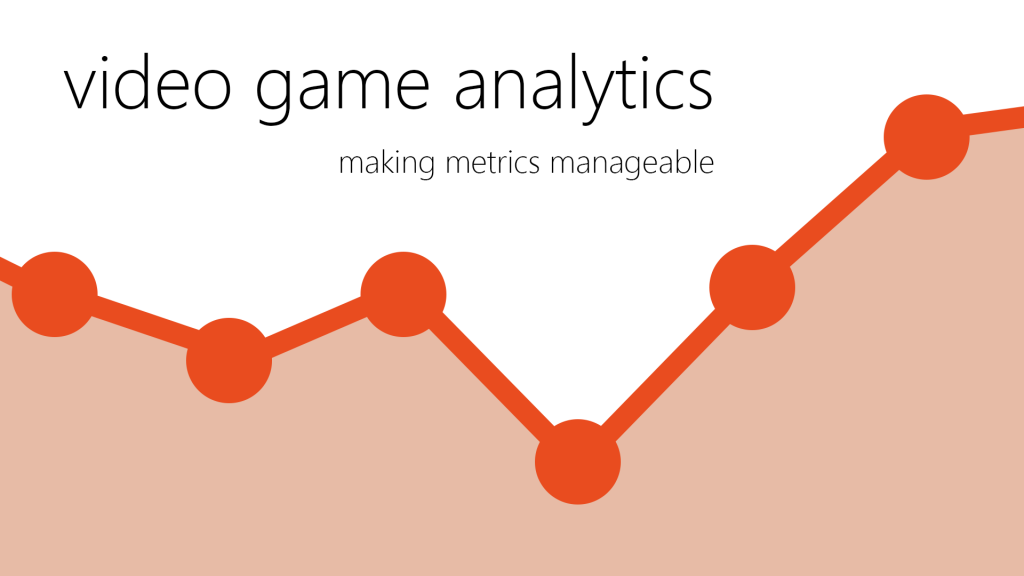Abstract / Introduction:
With the video games industry currently larger than it ever has been before, just creating a game and releasing it to the world is just the beginning of its lifecycle. Analytics has exploded in the games industry recently and is now regarded as one of the most important aspects of game design. The ability understand user psychology, understand how they play, think and learn your games proves to be extremely valuable information for increasing games fun, popularity and at the end of the day, monetary income.
To give an idea of the level of data collected in video games, Electronic Arts™ tracks game data for 2 million games worldwide every day generating a total of 150 Terabytes every day. David Smith. (2013).
Aims:
The aim of this project is to create a Google Analytics for Games application which will allow developers to get real-time data overviews for all of their projects at a glance through the use of Windows 8’s Live Tile feature set. This information will be updated regularly and automatically across multiple titles without the need to manually check and login for each.
The Live Tiles will be customisable by the users to show specific data for each game and/or combined data for multiple games in order to give the users power beyond that provided by Google’s web Analytic client.
Having an overview to hand with real-time data will allow developers to always be on top of their metrics, react to trends as they begin appearing and get ahead of problems as soon as possible. If required then the user should be able to click the Live Tile to receive further detailed information about the metric in question.
Toast Notifications will also be integrated as a means of emergency situations if a certain metric drops drastically low or a web server is down to allow developers to react as quickly as possible.
Having this data available to developers as fast as possible will allow updates and changed to games to be made much faster, leading to a better end user experience.
